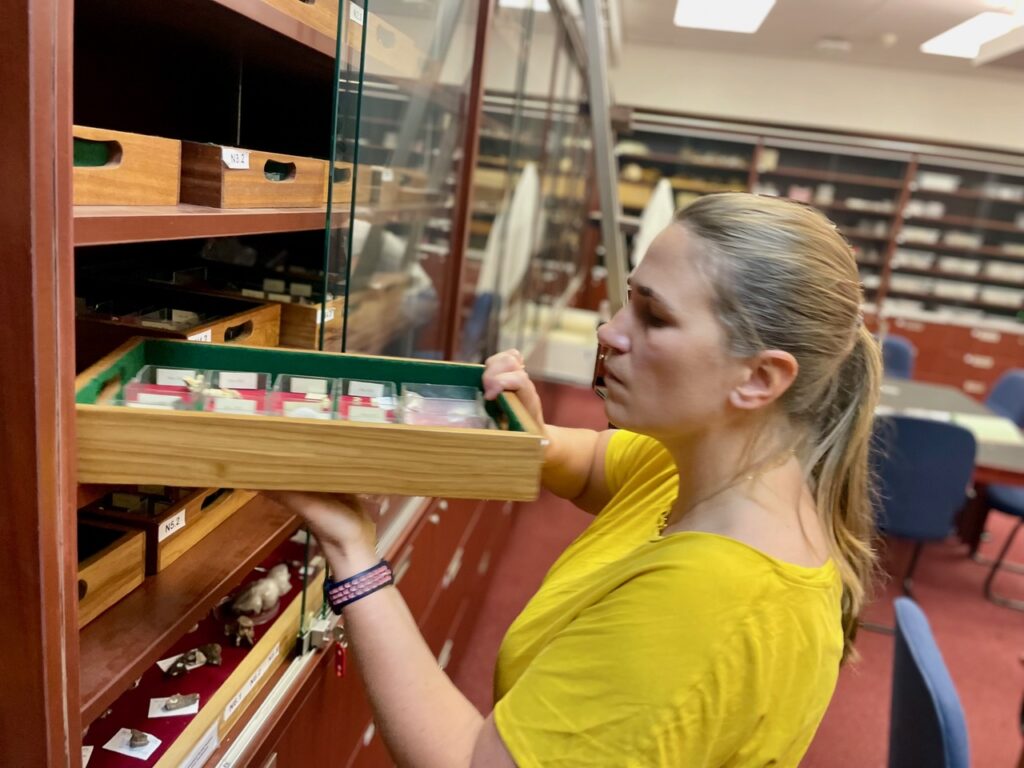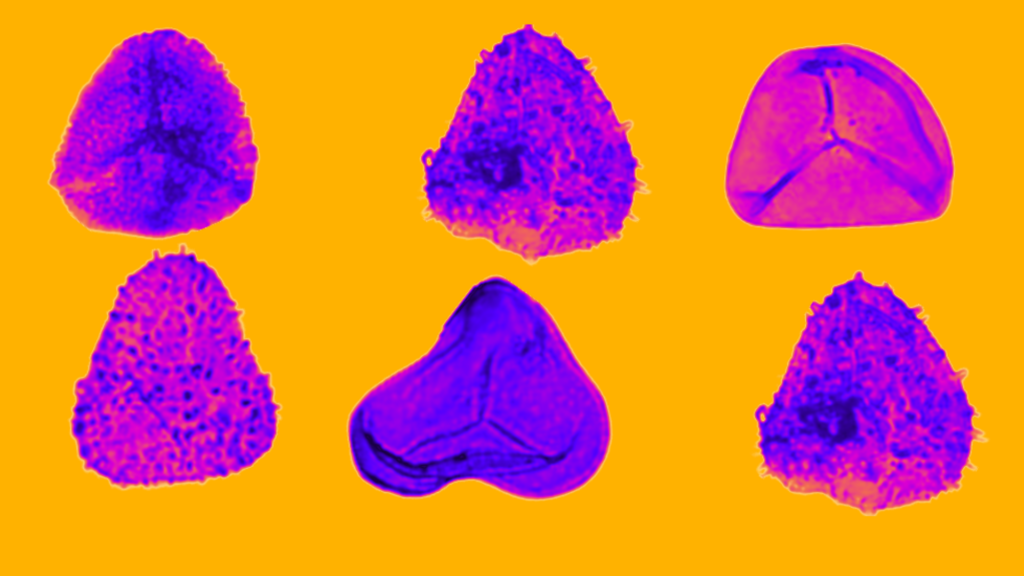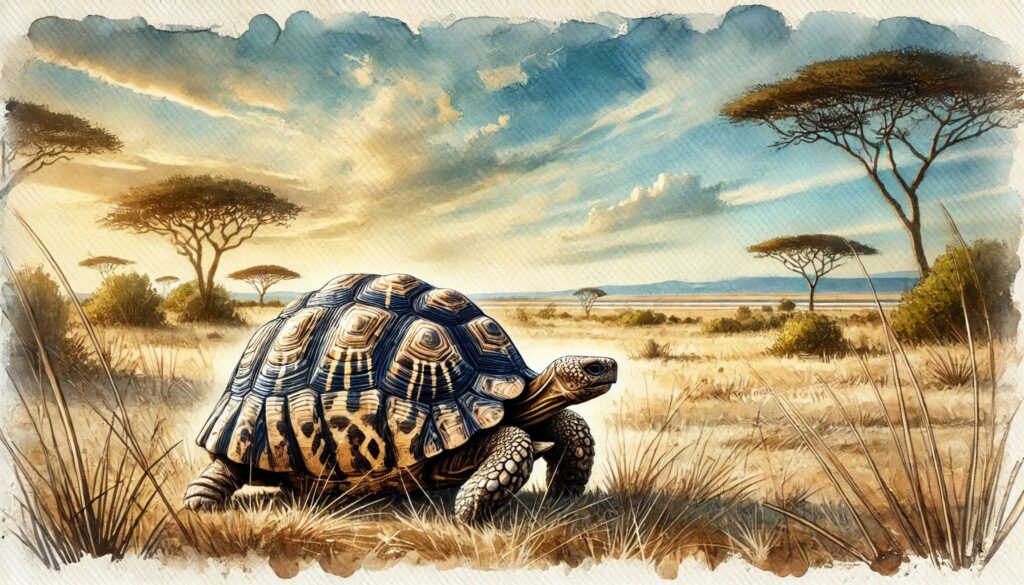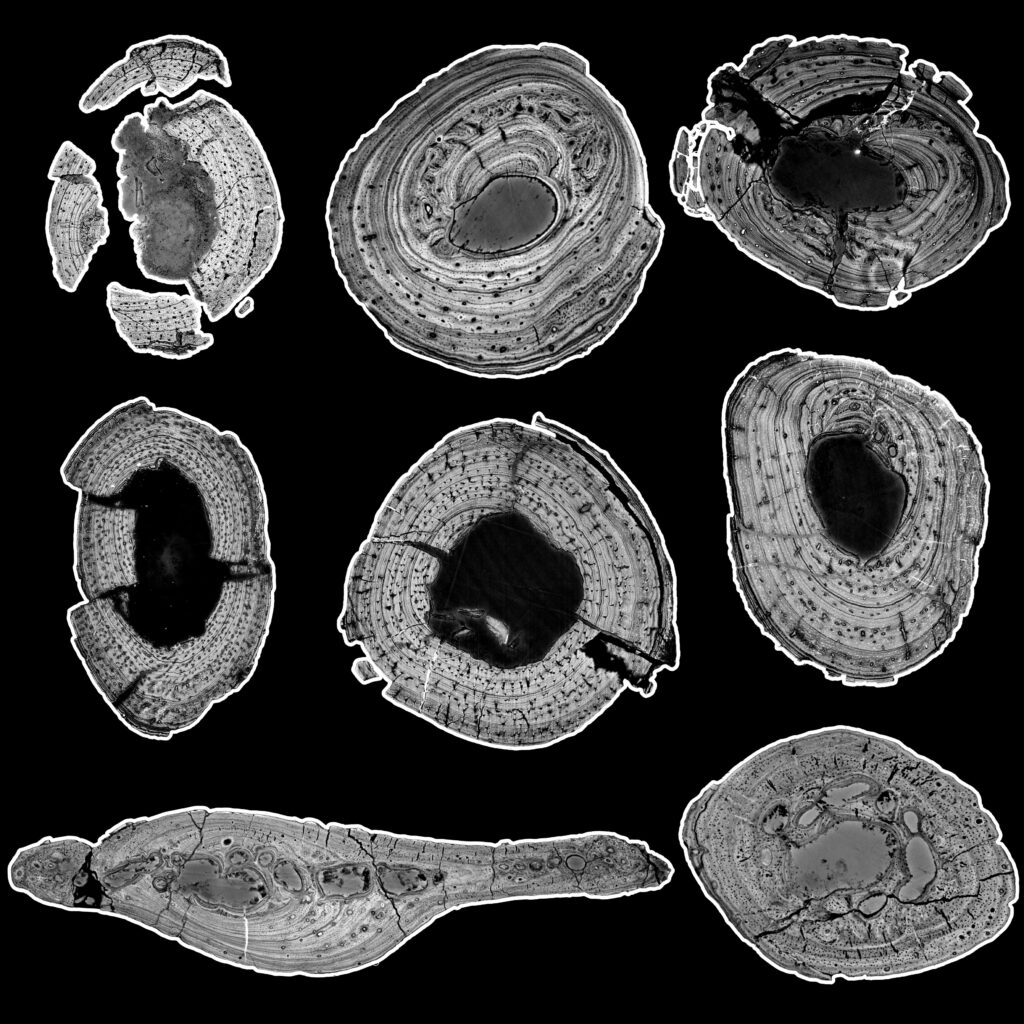A trip down memory lane
The book: San Elders Speak. Ancestral Knowledge of the Kalahari San, was written as the result of a trip made by four San elders from northern Namibia to Museum Africa, in Johannesburg. In the museum the elders examined the world’s largest assemblage of San artefacts collected a century ago, and described in their own words the manufacture, use and meaning of them.
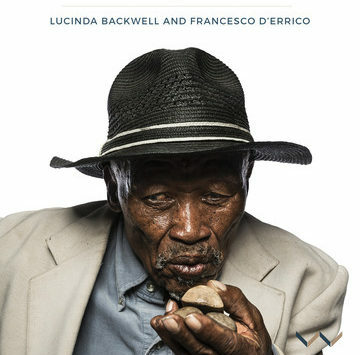
Small bites
- The book provides an opportunity for San people to preserve for posterity, in their own words, the memory and indigenous knowledge of their traditional culture.
- The richness of San material culture is documented in detail through the eyes and words of the people themselves.
- Archaeologists gain invaluable insight from this collaboration that may assist them in the interpretation of fragmentary archaeological remains.
It is never too late to revisit history through the memories of the living
In the book: San Elders Speak. Ancestral Knowledge of the Kalahari San, a detailed account of San material culture is presented. This account is based on items that were collected by Dr Louis Fourie a century ago that are now housed at Museum Africa in Johannesburg. The book is the result of the collaboration of four San elders and archaeologists, Dr Lucinda Backwell (GENUS grantee, also pictured) and Prof. Francesco d’Errico, who revisited a collection of more than 3,000 artefacts that were catalogued by Dr Fourie. The book represents the first-ever narrative of San people on the largest collection of their cultural material using their own words. The elders describe, in detail, the meaning and uses of the items in the collection, constantly revisiting their own childhood memories associated with their production and use. Through the elders’ recollections, we are introduced to the San way of life from the perspective of the makers of the items, as well as obtain a glimpse of their contemporary use.
By virtue of being the oldest hunter-gatherer community in southern Africa, the novel perspective on the material culture in this portrait memoir provides an invaluable opportunity for archaeologists to gain deeper knowledge about many aspects of the hunter-gatherer way of life, i.e. technological innovation, that might be applicable to the distant past. For example, traditional San knowledge can help archaeologists to decipher the richness of the Stone Age life that is preserved in the archaeological record, particularly between c. 30 000–100 years ago. Their studies, in turn, will enrich global knowledge about human adaptation to African environments at this time.
For the modern San community and their descendants, the book will preserve intimate knowledge of their material heritage through high-quality photographs and direct narration of its production, meaning and use; this will contribute a written record of a life that was historically attached to the items, and is now in transition.
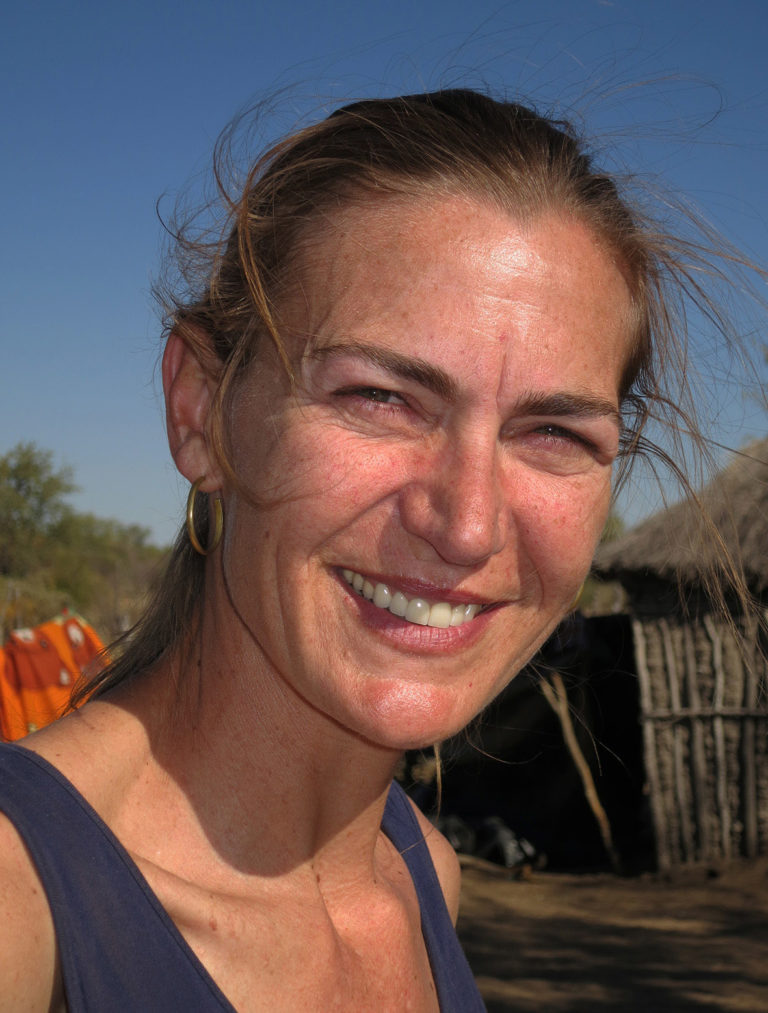
Cover image: Cgunta Bo, a traditional healer, blowing his divining dice to wake them up to tell him what’s happening, before throwing and reading them.
